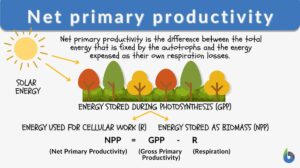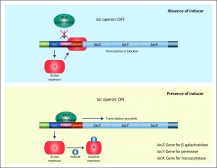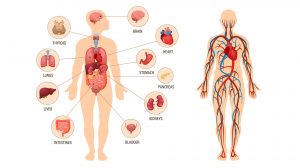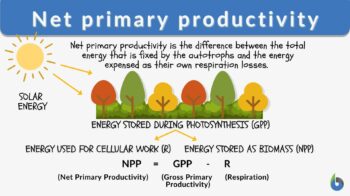
Net primary productivity
n., plural: net primary productivities
[nɛt ˈpɹaɪməɹi ˌprɒdʌkˈtɪvɪtɪ]
Definition: difference between gross primary productivity and the respiratory rate
Table of Contents
In order to keep the biosphere running, different organisms play different roles and functions. Some help in oxygen production while others consume it for survival. Some die and decay, so that some others can absorb the nutrition and feed on them. There are innumerable interlinks and interconnections that keep the biosphere running in a loop year after year, era after era, and from times immemorial to the times to come.
The primary fuel for running the biosphere is sourced from the autotrophs (primary producers) of a system. In this context, two topics become of significant importance – gross primary productivity (GPP) and net primary productivity (NPP). Let’s learn what each of these terms stands for and how one should define NPP and GPP.
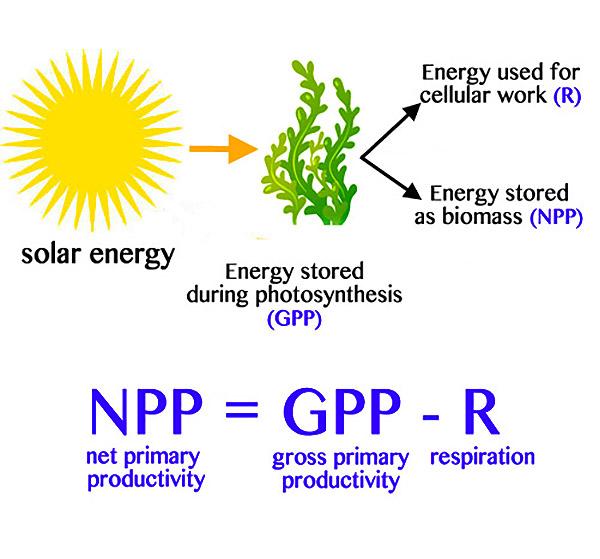
Net Primary Productivity Definition
Let’s first understand what’s productivity and the different types of productivity. Then, we will move ahead and try to decipher the meaning and differences between NPP and GPP.
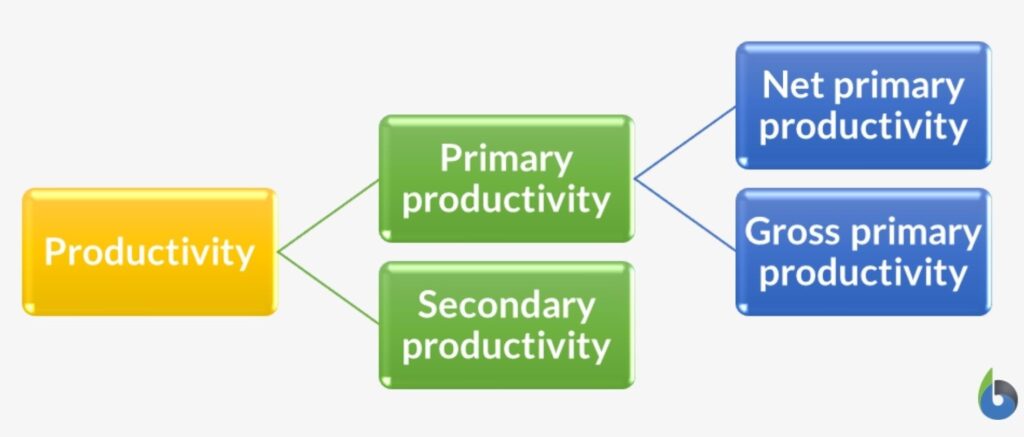
- Productivity (ecology) stands for the rate of biomass generation/energy addition/carbon fixation/organic matter addition.
- Primary productivity (ecology) stands for the production of biomass from inorganic molecules. Here the main conversion is of inorganic minerals to organic biomass. This duty is performed by the “autotrophs” of the ecosystem.
- Secondary productivity (ecology) stands for the production of biomass from organic molecules. Here the main conversion is of organic molecules to some other form of organic molecules. This duty is performed by the “heterotrophs” of the ecosystem.
- Gross primary productivity (ecology) stands for all the carbon that’s fixed by the primary producers of the ecosystem i.e., the main product of photosynthesis.
- Net primary productivity (ecology) stands for the difference between all the carbon that’s fixed by the primary producers of the ecosystem and the part of that fixed carbon that the primary producer utilizes for its own cellular respiration needs.
In biology, net primary productivity is defined as the difference of the energy that’s fixed by the autotrophs and their own respiration losses. It is the net primary productivity that provides the channel for secondary productivity. For all the activities of consumers and heterotrophs, it’s the NPP that provides the energy and biomass source. And that is how NPP is converted to secondary productivity in the form of heterotrophic tissue. Another point to note here is that secondary productivity is “always” limited by the NPP. So, when asked what is net primary productivity, one can explain it and the significance associated with it.
Net primary productivity is s the difference of the energy that’s fixed by the autotrophs and their own respiration losses. It is the rate at which an ecosystem accumulates energy or biomass, excluding the energy it uses for the process of respiration. This typically corresponds to the rate of photosynthesis, minus respiration by the photosynthesizers.
How Do You Calculate NPP?
Now, as you have become familiar with the NPP meaning, what is NPP, and the importance of net primary production, let’s move ahead and learn the net primary productivity formula.
NPP = GPP – RR
Where,
NPP= Net primary productivity
GPP= Gross primary productivity
RR= Respiratory Rate
- This formula is important as it diligently associates GPP to NPP and also makes the metabolic losses and respiratory losses of autotrophs/producers count.
- Generally, NPP is calculated and measured at the level/scale of “ecosystem” and over relatively longer frames/intervals of time(such as a year/s).
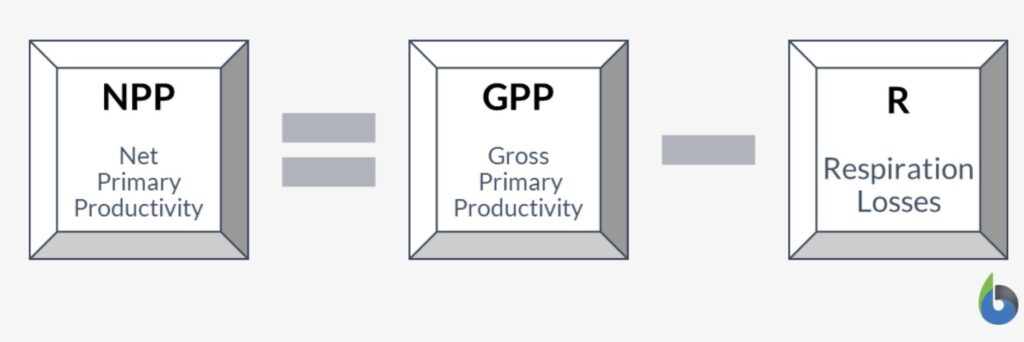
Some Important Pointers Related to NPP
- NPP is very commonly associated with the increase in biomass per unit time and surface area (land).
In a way, NPP can be calculated by relating it to photosynthesis. The rate of anabolic photosynthesis reactions can be measured and used to quantify NPP. - Common query: how does oxygen production relate to the rate of photosynthesis? And the answer to it is this: oxygen is the product of anabolic photosynthesis reactions, hence it’s a product of NPP.
- Not all the light energy captured by plants during photosynthesis contributes to NPP as parts of it get converted to organic matter, some other parts are lost as metabolic costs; others are dissipated as heat. Only the fixed organic matter that goes in the food chains, food webs, and in the subsequent trophic levels contribute to NPP.
- Human colonies and societies are a part of the global NPP cycle but influence it in an inordinate way.
- There are many factors on which NPP depends like:
- Sunlight
- Humidity
- Temperature
- Nutrient availability
- Precipitation
- Climate
- Plant species and management
- Initial biomass of the ecosystem (carbon-fixing plants/photosynthetic tissues)
- The rate at which new biomass is assimilated
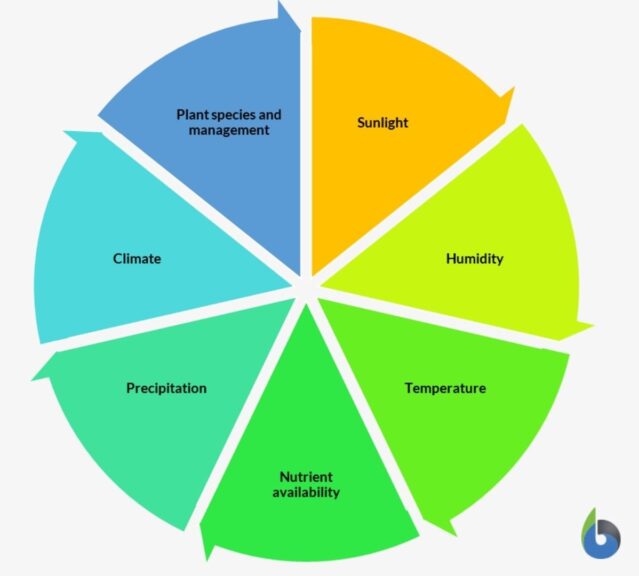
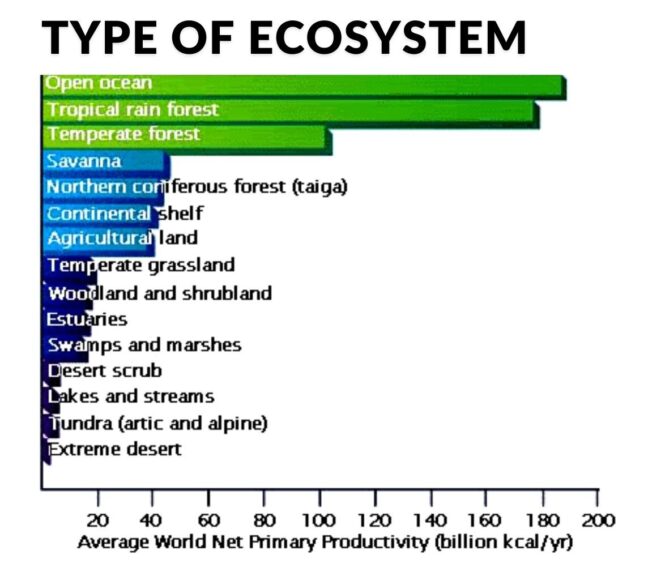
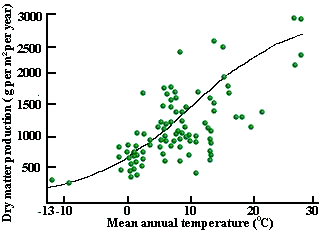
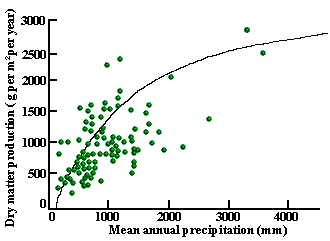
Net Primary Productivity Example
Some examples of net primary productivity are:
- As we already know that the NPP is dependent on the “Initial biomass of the ecosystem (carbon-fixing plants/photosynthetic tissues)”, hence the “stands” or “ecosystems” with extensive-standing biomass will always have higher NPP. So, when asked what is a high NPP, one can answer That- “stands” with high initial biomass and higher rates of biomass production. Example: Production forests are having higher NPP than stable forests.
- Legume-rich agricultural fields and pastures tend to have higher NPP than legume-deficient pastures as legume biomass accumulation is never hindered due to nutrient deficiency (especially nitrogen).
- Temperate forests have higher NPP than temperate grasslands.
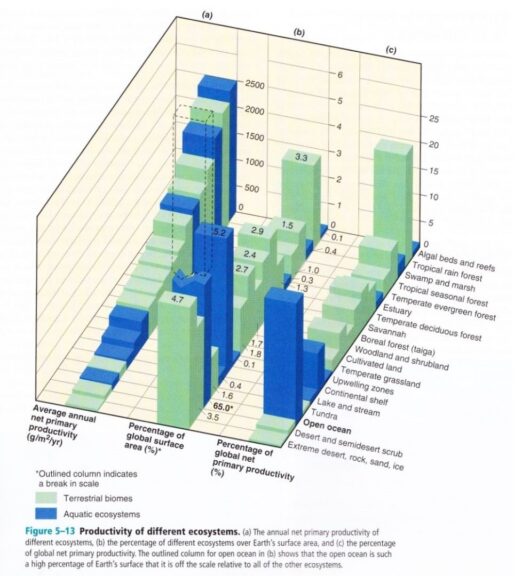
Try to answer the quiz below to check what you have learned so far about net primary productivity.
References
- Diaz S. (2013). Ecosystem Function Measurement, Terrestrial Communities. Encyclopedia of Biodiversity (Second Edition), 72-89.
- DellaSala D.A. (2021). Imperiled Terrestrial Ecosystems: Nature in Retreat. Reference Module in Earth Systems and Environmental Sciences. https://doi.org/10.1016/B978-0-12-821139-7.00089-1
- lark, D.A.; Brown, S.; Kicklighter, D.W.; Chambers, J.Q.; Thomlinson, J.R.; Ni, J. (2001). “Measuring net primary production in forests: Concepts and field methods”. Ecological Applications. 11 (2): 356–370. doi:10.1890/1051-0761(2001)011[0356:MNPPIF]2.0.CO;2. ISSN 1051-0761
- Sigman, D.M.; Hain, M.P. (2012). “The Biological Productivity of the Ocean” (PDF). Nature Education Knowledge. 3 (6): 1–16.
- Wright R.T., Boorse D.F. Environmental Science: Toward a Sustainable Future (11th Edition) 11th Edition. ISBN-13: 978-0321598707
©BiologyOnline.com. Content provided and moderated by Biology Online Editors.

